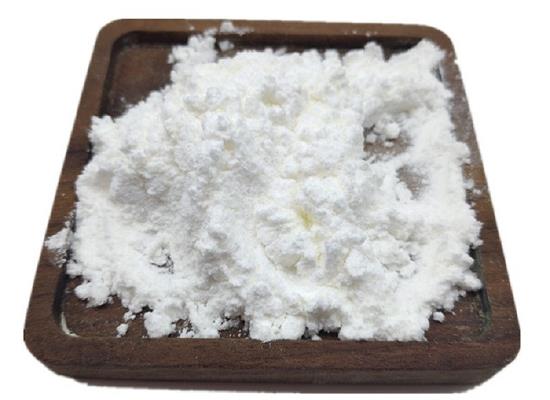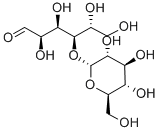Maltose: Overview and Dietary Implications
General Description
Maltose, a disaccharide prevalent in plants and crucial in brewing and baking, is produced by breaking down starch into simpler sugars like glucose. Its role in fermentation and browning reactions enhances flavors in food and beer. In the body, maltose is swiftly digested to provide energy. On the other hand, the maltose can effect the sense of hunger1.

Figure 1. Maltose
Dietary Implications
Hunger, a feeling originating in the feeding center in response to body's need for nutrients or calories, creates the urge to eat. In rats, fall of blood glucose initiates the signals that induce the sensation of hunger. Janowitz and Ivy, in a study of the role of blood sugar level in spontaneous and insulin-induced hunger in man, concluded that "fluctuations of spontaneous hunger sensations bore no relationship to the minor variations in fasting blood sugar level". Meyer, in 1953, suggested that the rate of utilization of glucose, as detected by glucoreceptors in the hypothalamus rather than the concentration of blood sugar, was responsible for the primary signals that induce the sensation of hunger in human beings. Bernstein and Grossman studied the rate of utilization by measuring arteriovenous glucose differences during intragastric and intravenous glucose treatments, and concluded that the results did not support the glucostatic hypothesis. Cellular glucopenia, especially in the brain, is an effective stimulus to eat. However, it is possible for the body to have a mechanism to avoid tissue glucopenia of such a vital organ as the brain whose cells use only glucose for energy. Redundancy of control mechanisms appears to be common in physiological systems.
Disaccharide, in the form of lactose in milk, sucrose in nature, and maltose from breakdown of starch in the mouth, is part and parcel of human diet. The investigator hypothesized that a disaccharide could fill the role of the agent responsible for initiating the signals that induce the sensation of hunger and satiation in human beings. This hypothesis was tested in the present study by comparing the effects of glucose and maltose upon hunger sensation in normal adults.
Mechanisms
The results of the study by John M. Poothullil suggest that maltose is superior to glucose for moderating hunger in human beings. There are a few possible explanations for the present finding.
1. Cephalic phase reactions. The cephalic phase reactions consist of a rise in plasma insulin and subsequent drop in blood glucose within the first 1 or 2 minutes of the beginning of the meal. However, it has been shown that factors which induce insulin release as a reflex, during preabsorptive phase, tend to increase the feeling of hunger rather than cause satiation.
2. Difference in maltose~glucose sweetness. The difference in sweetness of the two products could be another possibility. But, on a scale of relative taste indices where sucrose is rated as, glucose rates 0.8 and maltose 0.45. Thus, if the intensity of sweetness is responsible for the observed response, at equivalent dosages, the hunger-moderating effect of glucose should have been more than that of maltose.
3. Another possible explanation is the recognition of the molecular structure of maltose by the sweet-sensing taste buds. Upon recognition of the disaccharide structure of maltose, taste bud receptors can send signals to the feeding center to moderate the hunger sensation.
References:
[1] POOTHULLIL J M. Maltose: The primary signal of hunger and satiation in human beings[J]. Physiology & Behavior, 1992, 52 1: 1-197. DOI:10.1016/0031-9384(92)90429-6.You may like
Lastest Price from Maltose manufacturers

US $0.00/G2025-04-21
- CAS:
- 69-79-4
- Min. Order:
- 1G
- Purity:
- 98%min
- Supply Ability:
- 30kg/month

US $120.00/kg2025-04-21
- CAS:
- 69-79-4
- Min. Order:
- 1kg
- Purity:
- 0.99
- Supply Ability:
- 1000000


